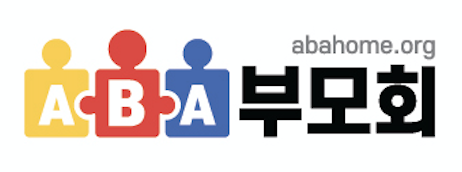ABA치료에서 사용되는 7가지 이완/진정하기 전략
7 Relaxation/Self-Calming Strategies Used in Pediatric ABA Therapy
At some point in our lives, we have all witnessed a child having an emotional breakdown. Whether it is your child, a child you babysit, a family member’s child, or a child you work with, they all have temper tantrums and become frustrated. Most typically developing children are able to express what it is that is causing them to become upset. However, children with autism spectrum disorder have a more difficult time regulating themselves versus those without. In addition, some children who may not have enough language to verbalize what’s bothering them, have a hard time expressing exactly what it is thats frustrating them. So that leads to the big question, do you know the best strategies to implement when a temper tantrum occurs? We have some great tips that are specifically implemented in ESDM ABA therapy.
1. 문제행동을 강화하지 않기(Don’t reinforce the challenging behaviors
Children with autism spectrum disorder (ASD) cannot fully regulate or express their wants and needs, therefore the reaction they receive from caregivers and therapists to certain behaviors can cause unwanted connections to tantrums and the attention they are receiving. Most children with ASD have a hard time reading social cues so it is very important to validate their emotions and be sympathetic but not encourage the behavior. Try to show minimal emotional reaction to the outbreak as possible.
2. 정확하고 간결한 언어 사용하기(Use precise simple language)
We suggest speaking in a monotone voice that shows you understand they are upset. Speaking in short, precise utterances, with direct eye contact is a good way to do this. Anger can blind some children, so speaking in long repetitive sentences will do nothing but go over their head.
3. 감정을 언어적으로 표현하도록 돕기(Help to verbally express their emotions)
For some children, this is a great strategy. But some children with ASD do not have enough self-regulation to be able to verbalize their emotions, especially when they are in the middle of a tantrum. We encourage you to read what emotion the child is experiencing and why, and aid in the production of the verbalization of those emotions. For example, if a child starts crying and becomes extremely upset they can no longer play on the jungle gym, you could say ‘I see you’re mad, you can say ‘I’m mad I can’t go into the playroom’.
4. 선호하는 노래를 불러주기(Sing preferred songs)
Most children with autism have a specific interest with songs. If you know the child has a few preferred songs, sing those to them in a very calm quiet voice. Once they become aware of the song, it may aid in the regulation of the current emotions. For example, if a child loves ‘Wheels on the Bus’, begin to softly sing it, while also doing the hand gestures.
5. 안정적인 장소 만들어주기(빈백 소파, 차분한 조명, 센서리 장난감) (Create a calm corner (bean bags, dim lighting, sensory toys))
A calm corner is a great substitution if the previous strategies aren’t quite cutting it. A calm corner is a safe place that the child can go to when they are experiencing an emotional moment. There are a lot of items that can be included in a calm corner. Here is a list of possible items: comfy bean bag chair, bubbles, light up toys, chewy tube, fidgets with different textures, weighted sensory lap cushion, an hourglass, stress balls, silly putty and play dough. Having a variety of toys for the child to choose from will allow them to self-regulate as they make a choice between items.
6. 깊게 쉽호흡하기(Take deep breathes)
Have the child sit down and sit face to face with them. Try giving the child squeezes in the same rhythm as taking deep breaths in and out. Make sure to coach the child to take a deep breath in and let out all of the air.
7. 1에서 10까지 세기(Count to 10)
Have the child count, starting from 1 to as high as they can go. Most times, this will be enough to calm the child’s breathing down as well as help them to self-regulate.
